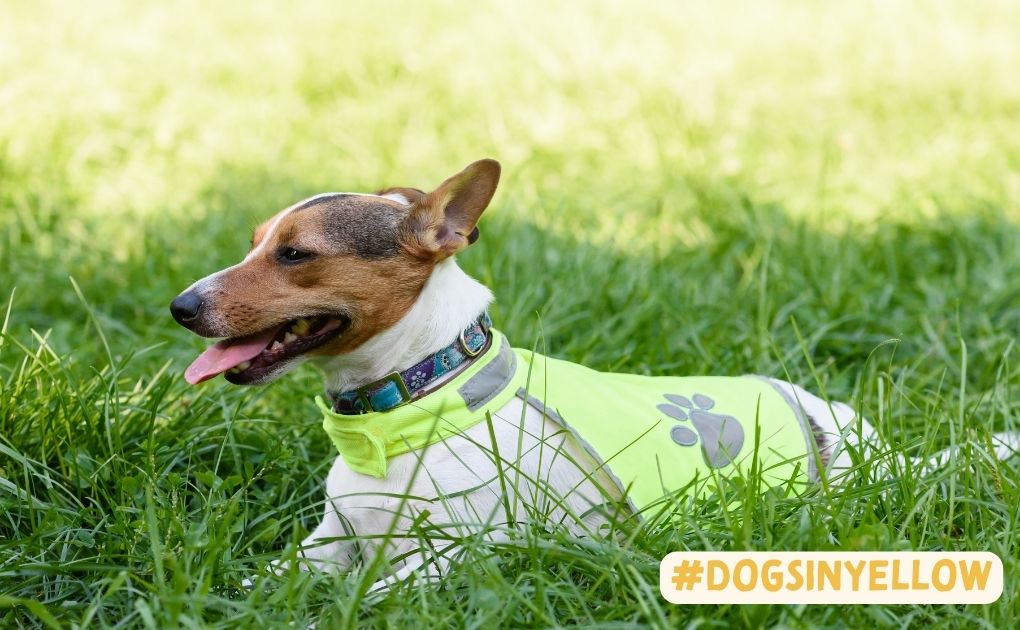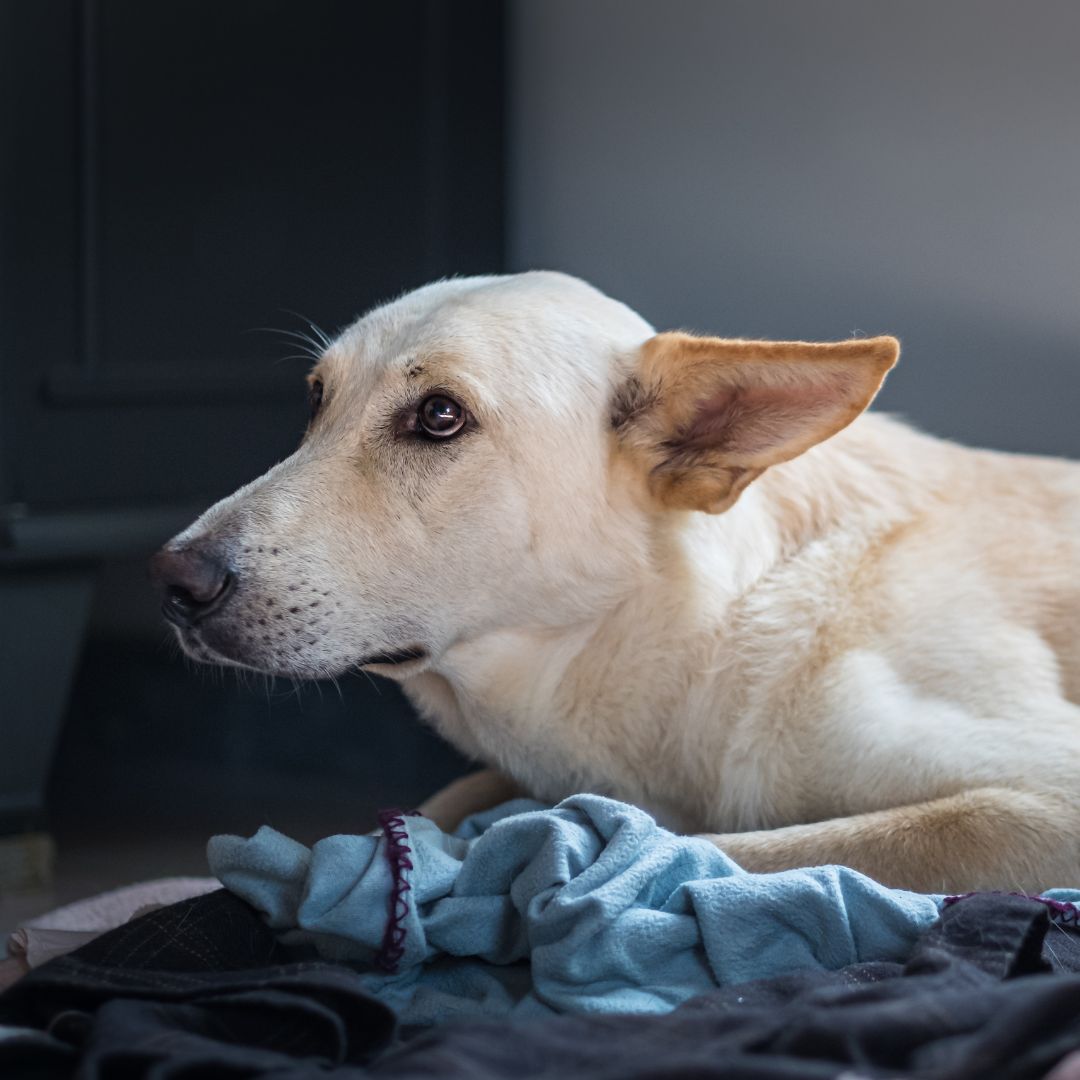


The 20th of March every year is Dogs in Yellow Day, a day dedicated to raising awareness about dogs displaying yellow markers and their need for space. This observance sheds light on an important aspect of canine behavior - anxiety. Just like humans, dogs can experience anxiety, and as responsible pet owners, it's crucial to recognize the signs and provide support. In this blog post, we'll delve into understanding canine anxiety and explore ways to help our furry friends cope.
Understanding Canine Anxiety: Canine anxiety can manifest in various forms, including separation anxiety, noise phobia, fear of strangers, or general nervousness. Dogs may exhibit behaviors such as excessive barking, trembling, panting, pacing, destructive chewing, or hiding. It's essential to observe your dog's behavior closely and identify any signs of distress.

Recognizing Dogs in Yellow: Dogs in Yellow are those displaying yellow markers, such as ribbons, bandanas, or vests, indicating that they may need extra space or have specific behavioral needs. These markers serve as a visual cue to other pet owners, signaling that it's best to approach with caution or give the dog some space. By recognizing Dogs in Yellow, we can help create a safer and more understanding environment for all dogs.
Supporting Dogs with Anxiety:
Create a Safe Space: Designate a quiet and comfortable area in your home where your dog can retreat when feeling anxious. Provide soft bedding, toys, and familiar scents to help them feel secure.
Establish Routine: Dogs thrive on routine, so establish a consistent daily schedule for meals, walks, playtime, and rest. Predictability can help reduce anxiety and provide a sense of stability.
Practice Desensitisation: Gradually expose your dog to triggering stimuli, such as loud noises or unfamiliar environments, in a controlled and positive manner. Use treats, praise, and patience to help them associate these situations with positive experiences.
Provide Physical and Mental Stimulation: Regular exercise and mental stimulation are essential for a dog's overall well-being. Engage in interactive play, obedience training, or puzzle toys to keep your dog physically and mentally stimulated.
Consider Professional Help: If your dog's anxiety persists or significantly impacts their quality of life, consider seeking assistance from a professional, such as a certified dog trainer or veterinary behaviorist. They can offer tailored advice and behavior modification techniques to address your dog's specific needs.

As pet owners, it's our responsibility to support dogs with anxiety and create a safe and understanding environment for all dogs, including Dogs in Yellow. By understanding canine anxiety, recognizing Dogs in Yellow, and implementing supportive strategies, we can help our furry friends lead happier and healthier lives. Let's continue to advocate for canine well-being and celebrate the bond we share with our beloved pets.